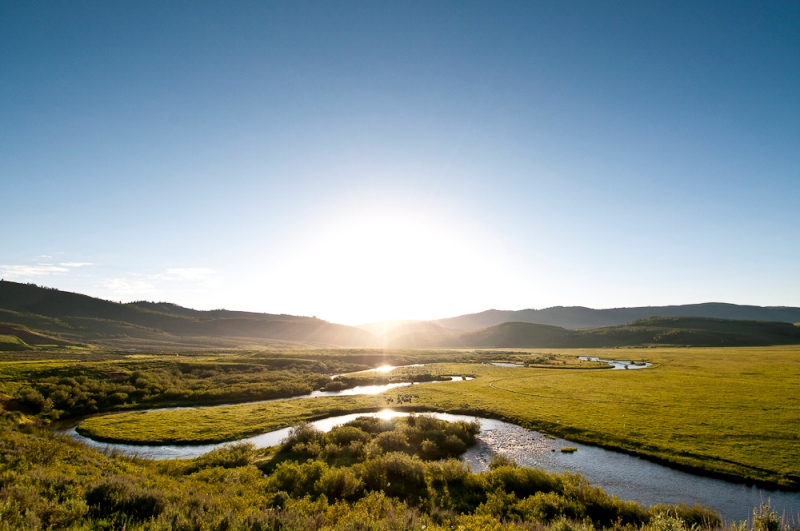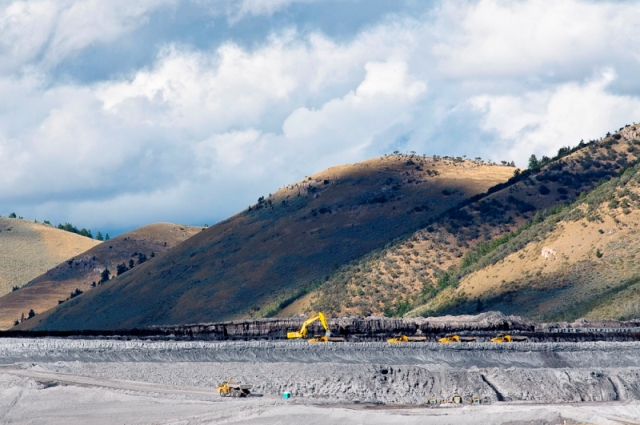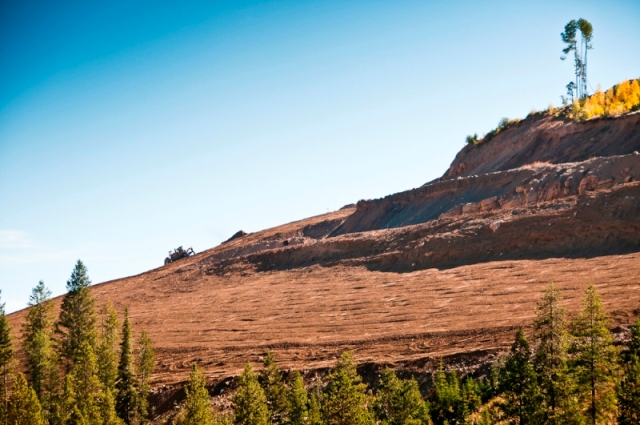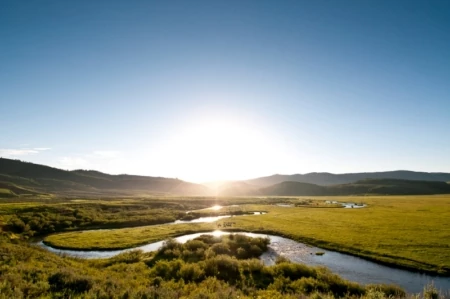Phosphate Mining: Sealing Southern Idaho’s Fate?
 Flipping through travel planners and vacation ads, southeast Idaho sounds much like the glorious west of old. A wild untarnished space, home to elk, moose, deer, and many other species of wildlife, with hundreds of miles of rivers and creeks, all bursting with wild native trout. It is. Or at least was.
Flipping through travel planners and vacation ads, southeast Idaho sounds much like the glorious west of old. A wild untarnished space, home to elk, moose, deer, and many other species of wildlife, with hundreds of miles of rivers and creeks, all bursting with wild native trout. It is. Or at least was.
Editor’s note: Photographer, climber and family man Jeremiah Watt offers today’s story for Cleanest Line readers. He writes about a corner of our country not often visited – and how the area’s blessing of desolation is the very thing that has allowed it to become home to a mind-blowing number of Superfund sites.
Today, it is home to 17 Superfund sites, thanks to phosphate mining giants Simplot, Agrium, Monsanto and Rhodia. The phosphate here is primarily used as fertilizer and the herbicide RoundUp. Currently 16,987 acres have been mined with an additional 7,340 acres slated for development. In addition 15,000 acres have been leased and 50,000 acres are identified as containing economically viable phosphate reserves. In total 2,500 square miles – an area larger than Rhode Island – have the potential to be permanently scarred or destroyed from the effects of phosphate mining. Ninety-five percent of this land belongs to you and I.
 In addition to the visual scarring and permanent destruction of entire habitats the environmental degradation due to selenium poisoning (a direct result of current phosphate mining technology) is stark. More than 600 head of livestock have died, 160 miles of streams are poisoned and Yellowstone cutthroat trout populations are declining in impacted streams.
In addition to the visual scarring and permanent destruction of entire habitats the environmental degradation due to selenium poisoning (a direct result of current phosphate mining technology) is stark. More than 600 head of livestock have died, 160 miles of streams are poisoned and Yellowstone cutthroat trout populations are declining in impacted streams.
The Greater Yellowstone Coalition is working to protect southeast Idaho’s waters, wildlife, and wildlands. Highest on their list of streams to protect is the Blackfoot in the heart of southeast Idaho’s mining district. It and its ecosystem are facing immediate peril with the current onslaught of phosphate mining and environmental degradation.
Mountain remnants – a gypsum stack near Soda Springs, ID. Gypsum stacks are massive piles of waste left as a result of phosphate processing.
Photo: © Jeremiah Watt
The photos below provide a sense of the impacts to this area. The following groups can tell you how to help:
Caribou Clean Water:
http://www.cariboucleanwater.org
Greater Yellowstone Coalition:
http://www.greateryellowstone.org/
Interactive Map of Phosphate Mining in Greater Yellowstone Ecosystem:
http://www.cariboucleanwater.org/selenium_map/
All photos copywrited and provided courtesy of © Jeremiah Watt

The remnants of an ecosystem at Smoky Canyon Mine, Afton, Wyoming, just across the border from southeastern Idaho.
